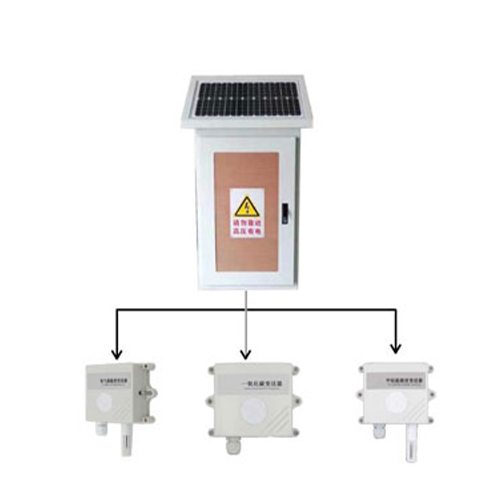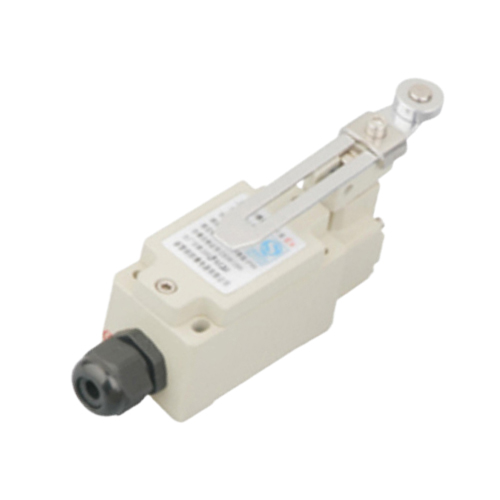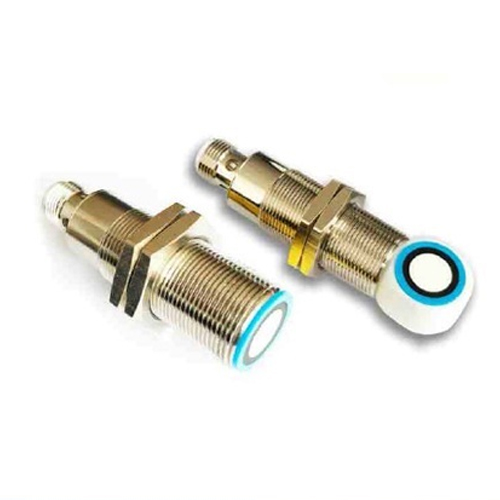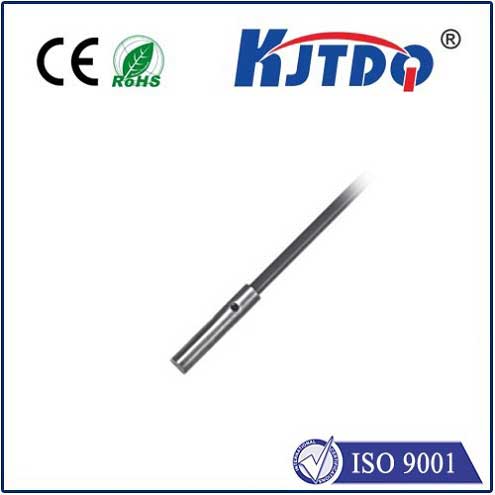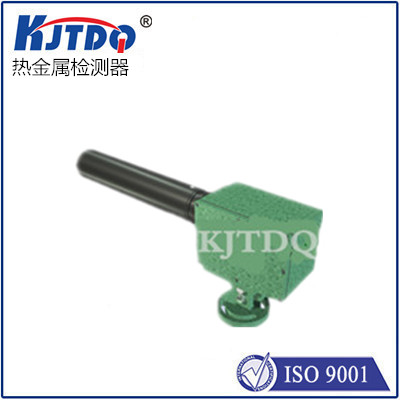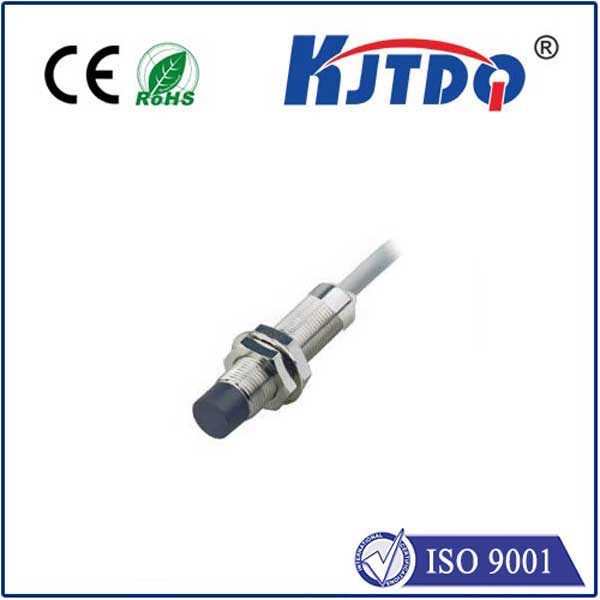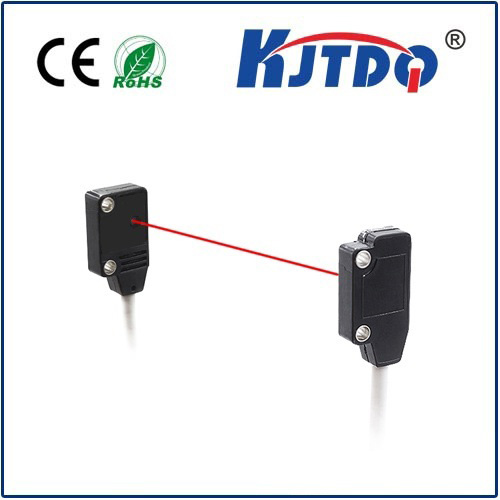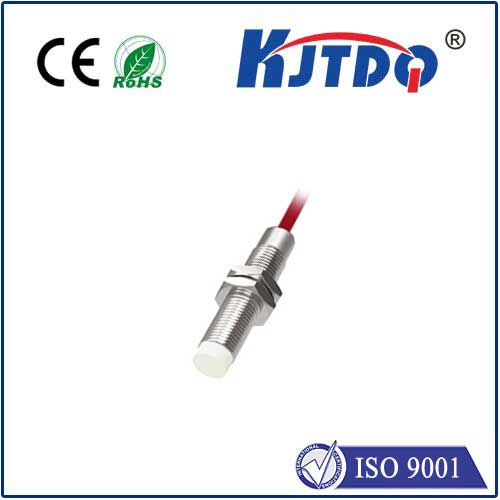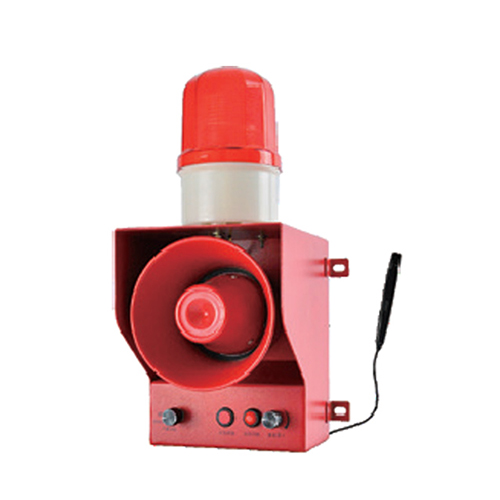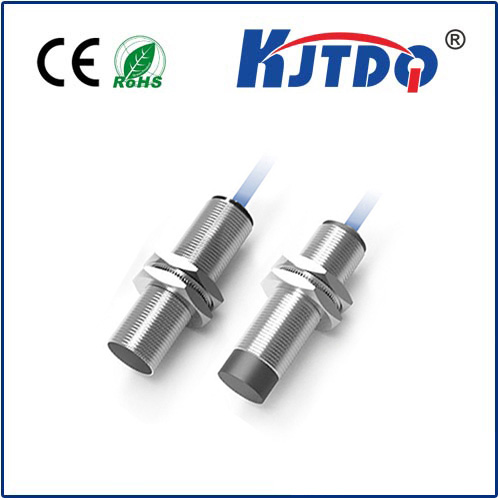

check

check

check

check
BES02T0 Proximity Sensor: Precision Detection for a Smarter Industrial Era
Imagine a factory floor where robotic arms move with uncanny precision, never colliding with objects or harming workers—this isn’t sci-fi, but the reality powered by advanced proximity sensors like the BES02T0. In today’s fast-evolving industrial landscape, the need for reliable and accurate detection has never been greater. The BES02T0 proximity sensor stands at the forefront, offering a seamless blend of innovation and functionality to enhance automation, safety, and efficiency across sectors. From manufacturing lines to automotive assembly, this device represents a leap in sensor technology, tackling challenges such as false triggers and environmental constraints with remarkable ease. Let’s delve into how this compact powerhouse works and why it’s becoming indispensable in modern applications.

To understand the significance of the BES02T0 proximity sensor, we must first grasp what proximity detection entails. At its core, a proximity sensor detects the presence or absence of objects without physical contact, using technologies like inductive, capacitive, or optical principles. This non-intrusive approach minimizes wear and tear while enabling real-time monitoring in hazardous or confined spaces. For instance, in warehouses, these sensors prevent conveyor jams by alerting systems to approaching items, boosting throughput without human intervention. The BES02T0 elevates this concept by integrating cutting-edge components designed for harsh industrial environments, ensuring consistent performance under extreme temperatures, vibrations, or dust. Its compact size and rugged build make it ideal for integration into tight spots, where traditional sensors might falter, thereby reducing downtime and maintenance costs.
One of the standout features of the BES02T0 is its operational mechanism, which relies on magnetic fields to detect metallic objects with high sensitivity. Unlike older models that can suffer from interference or slow response times, this sensor employs a tuned circuit that instantly activates when an object enters its detection range—typically adjustable from a few millimeters to several centimeters. This adaptability allows users to customize settings for specific tasks, such as distinguishing between different materials or handling variable speeds in production lines. As a result, the BES02T0 proximity sensor excels in applications like packaging machines, where it ensures materials are aligned correctly before sealing, or in automated guided vehicles (AGVs) that navigate crowded facilities safely. This level of precision not only prevents costly errors but also enhances worker safety by reducing accident risks, a critical factor in industries adhering to strict regulations like OSHA standards.
Moving to its real-world applications, the BES02T0 proximity sensor demonstrates versatility across diverse sectors. In manufacturing, it controls robotic arms that assemble electronics, detecting tiny components with micron-level accuracy to avoid misplacements. Similarly, in the automotive industry, it’s deployed on assembly lines to position car parts precisely during welding, improving quality while cutting waste. Beyond heavy industry, this tool finds uses in consumer devices—think smart home gadgets that activate lights upon approach—or in agriculture for monitoring equipment movements in automated farms. Its low power consumption and resistance to electromagnetic interference make it a go-to for energy-efficient designs, aligning with global sustainability goals. By integrating such sensors, companies report up to 20% gains in operational efficiency, as highlighted in case studies from automation leaders, without overt ads disrupting workflows. This seamless integration underscores why the BES02T0 is favored over alternatives, like ultrasonic sensors, which often struggle with noise or resolution issues.
The advantages of the BES02T0 proximity sensor extend beyond basic functionality to offer unmatched reliability and cost-effectiveness. Key benefits include its extended lifespan, rated for millions of operations without calibration, and easy installation via standard M12 connectors, which simplifies retrofitting into existing systems. Moreover, its IP67-rated enclosure provides robust protection against moisture and dust, ensuring consistent performance in demanding environments like mining or food processing. When compared to competing models, the BES02T0 stands out for its noise immunity, reducing false signals that can halt production—a frequent pain point in high-volume settings. To maximize SEO relevance, it’s essential to note that proximity detection solutions like this are increasingly vital for Industry 4.0 initiatives, driving trends in IoT connectivity where sensors feed data to cloud platforms for predictive maintenance. This not only optimizes resource use but also future-proofs investments, as firms scale toward smarter factories.
